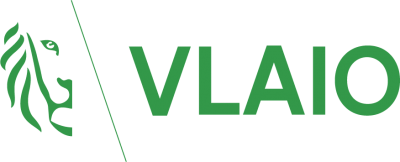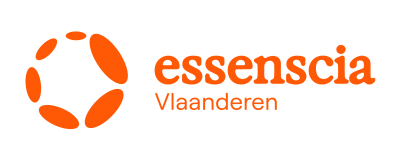Topics
We organise our actions in six thematic & strategic agendas:
Strategic Agendas:
Bio-economy
Circular Construction
Chemicals/Plastics
Manufacturing Industry
Food Chain
Water Cycles
Seven leverages provide additional support:
Leverage effects:
Lever Policy Instruments
Lever Circular Procurement
Lever Communication
Lever Innovation & Entrepreneurship
Lever Financing
Lever Jobs & Skills
Lever Research
What, why and how?
Why are we pursuing a circular economy?
Future visions 2050
How do we see our circular future?
About our management
Who steers what at Flanders Circular?
Datadriven demolition and recycling
Matching supply and demand of material flows
To reduce the impact of construction, we should try to close the material chain as much as possible through reuse and recycling.
With this project, Tracimat, as a demolition management organisation, wants to contribute to this. After all, there is a growing demand from material producers for specific materials released during demolition that can serve as raw materials for new products. Moreover, there are still too many recoverable materials at demolition that are not yet, or not sufficiently, recycled at high quality.
We see that there is a lot of interesting data on material flows in demolition, but that it is not yet optimally used. We want to show that good cooperation, information gathering and sharing within the chain can lead to more reuse and more (high-quality) recycling. And this is where demolition management organisations can play a key role.
We focus on four material streams: aluminium, roof tiles, flat glass and PVC - and that in cooperation with Reynaers, Wienerberger, Foamglas and Deceuninck. They are looking at how to use the available data and what is still missing to achieve a higher percentage of reuse and recycling. Together, we want to find solutions to a number of existing bottlenecks.
Tracimat
Partners WTCB, Deceuninck, Reynaers Aluminium, Wienerberger, Pittsburgh Corning Europe
Sectors
Themes
Organisations
Website
MOST IMPORTANT
RESULTS
- As a starting point, we conducted an analysis on the existing Tracimat database, aiming to explore its potential for exploitation.
- We increased our knowledge on aluminium, bricks and tiles, PVC and flat glass and their recycling process. This allows us to match the data input into the Tracimat database with the latest recycling opportunities.
- The results of the research on recycling opportunities were crystallised in our operational operation: we refined the existing Tracimat materials list and prepared an accompanying guide for correct material identification.
- We put a lot of effort into the dissemination of our project results and learning lessons: via the Green Deal Circular Construction action days, our newsletters, a final report and a refresher course for demolition experts.
MOST IMPORTANT
LESSONS LEARNED
- The Tracimat database holds great potential for exploitation for multiple stakeholders. This potential is not yet fully exploited because the current data structure focuses mainly on recycling of stony materials into recycled aggregates.
- There are large differences in complexity and territoriality between the recycling chains of the materials studied. It is important to take these differences into account when proposing a research methodology.
- The extent to which materials from demolition are collected and disposed of separately or not depends mainly on the presence or absence of a financial incentive for the demolition contractor. This confirms the lack of incentives for separate collection and disposal of certain materials.
- Striving for a higher recycled fraction in new products is not always a good indicator of circular economy. Indeed, for each of the four material streams studied, demand for post-consumer materials exceeds supply.
WHAT DOES
THE FUTURE HOLD?
Improving the quality of the Tracimat database is an ongoing challenge that we will continue to work on in the coming years.
By refining our materials list, used daily by demolition experts, the project's output was already anchored in our operational functioning. Now it is important that the list remains up-to-date and that we can also embed new outlets in our operation in the future, beyond project operation.
Furthermore, it would be interesting to collect all information on urban mining in a central place. For instance, a research project, VISUM, was recently started with the aim of investigating the recycling-technical preconditions for material cycles of non-stony construction waste streams and formulating policy recommendations.
In addition, UHasselt and OVAM will conduct additional research into a number of legal preconditions for sharing data from the Tracimat database with third parties.

















